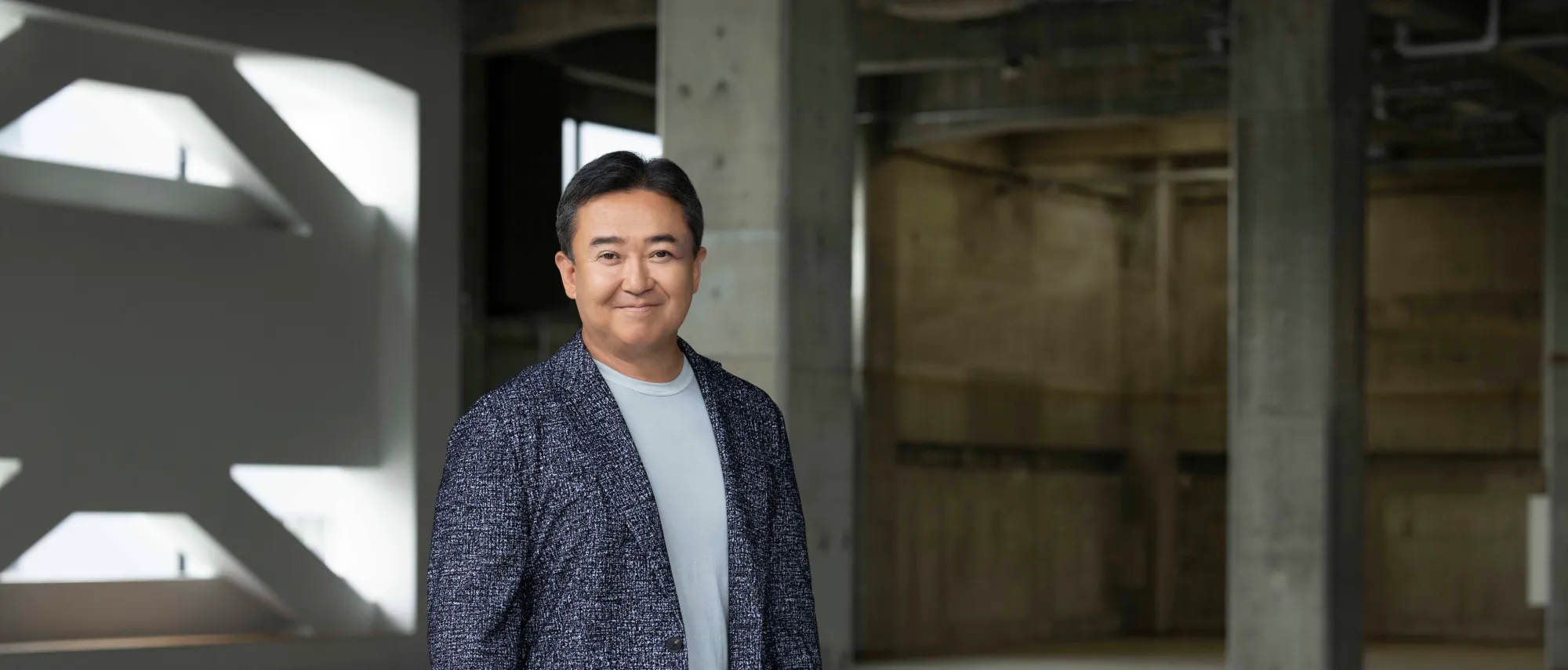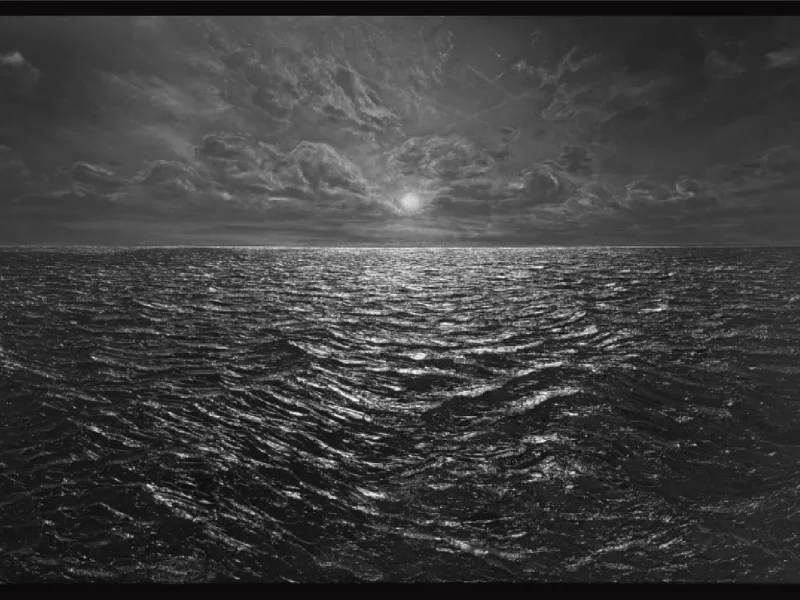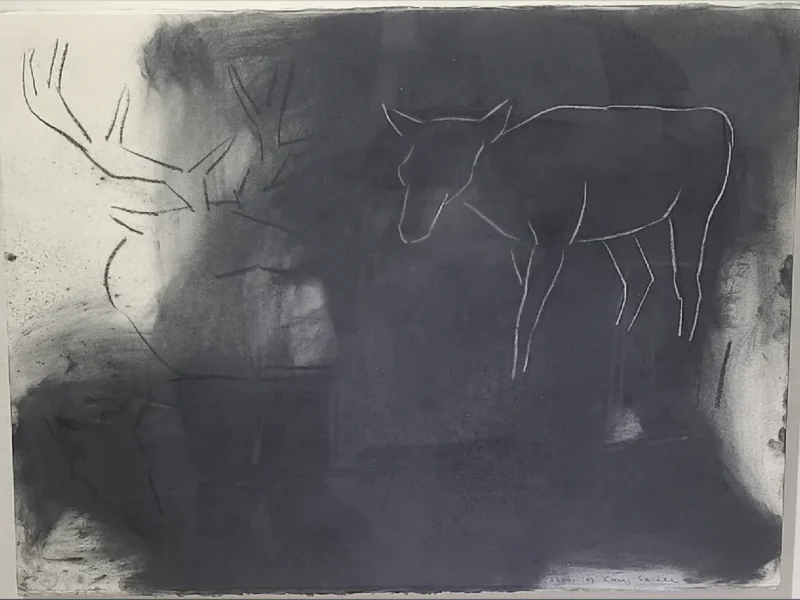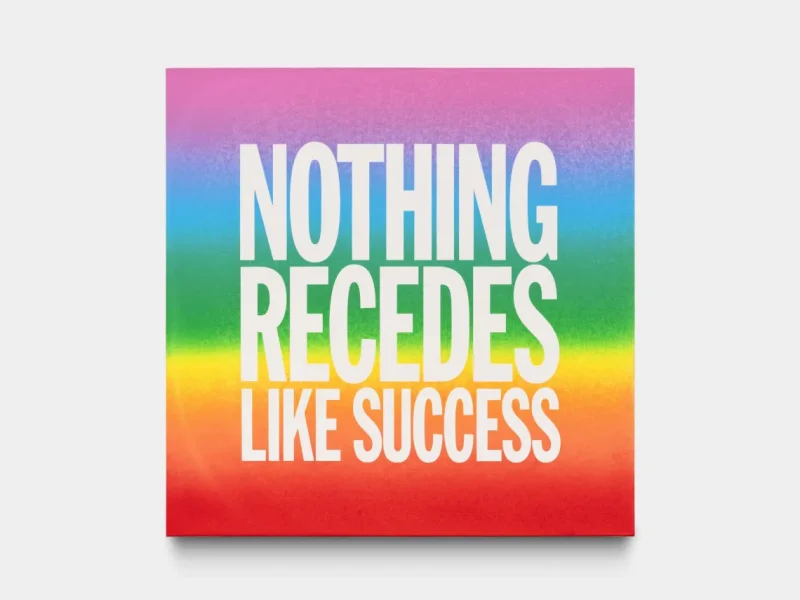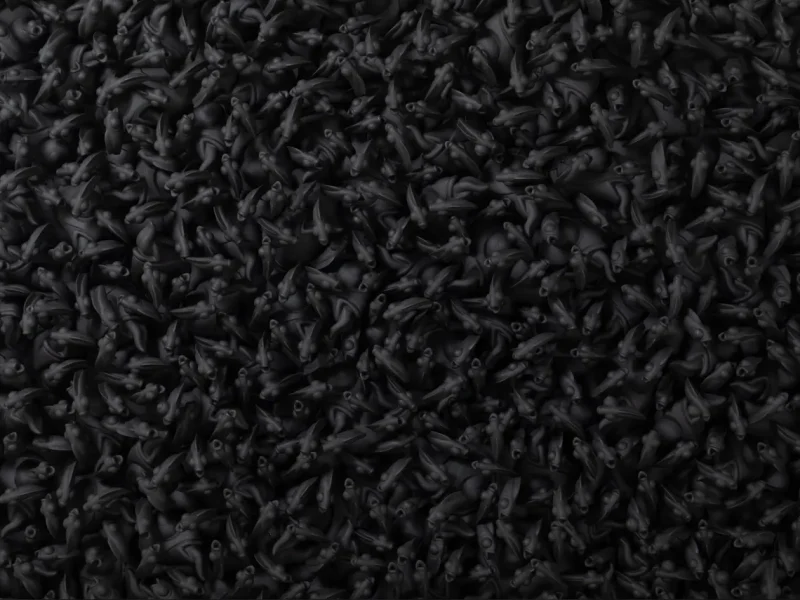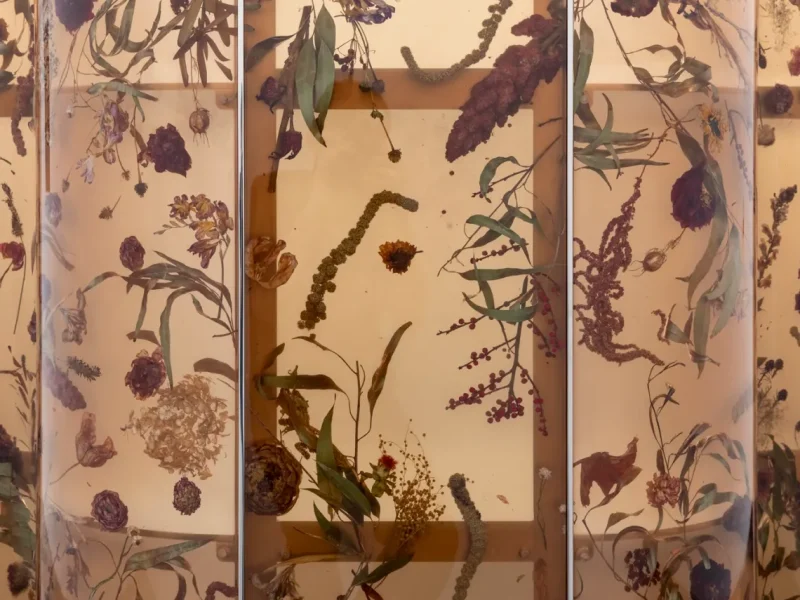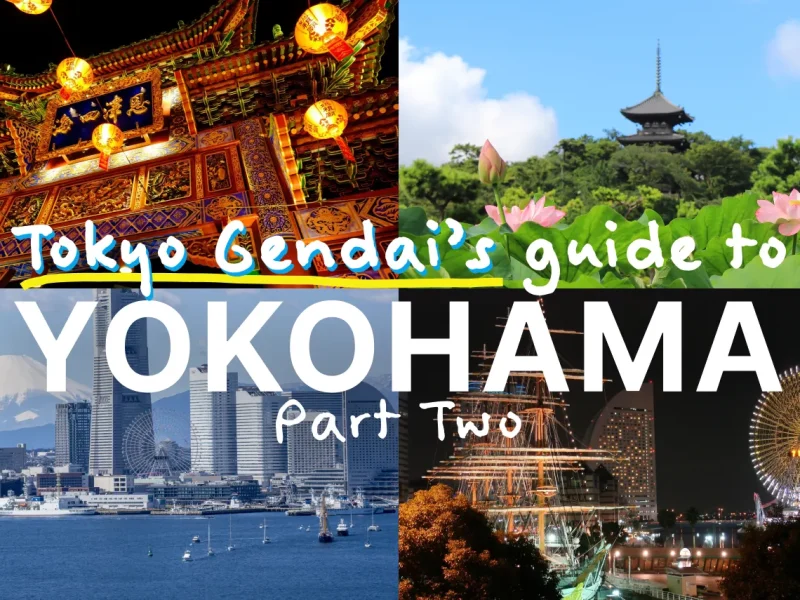What happens after you buy artwork? We sat down with Kohei Terada, President and CEO of Warehouse TERRADA. He talks about the benefits of hiring professional art handlers and storage services, his passion for passing on the intangible “value” of art, as well as his holistic approach to integrating art into urban development.
What is the best way to store artwork if I want to keep it after I purchase a piece of artwork that I like/replace a piece of artwork in my home?
There are many ways to store artworks, but at TERRADA ART STORAGE, we offer two types of storage plans that can be selected according to the size and purpose of your collection.
The first is the “Full Rooms” plan. You can choose from a variety of rooms, both large and small, to flexibly store your artworks according to their quantity and size. In addition to Tennoz, we also have locations in Heiwajima, Yokohama Hazawa, and Kyoto.
The second plan is the ”Individual Works” plan, which allows you to store a single piece of artwork for as little as 440 yen per month (tax included). When you send your artwork to our designated warehouse, our expert art handling staff will carefully photograph each piece and upload it to your online account, where you can easily manage your artworks along with detailed information about each piece. This service is also available for those who have a small collection or are considering storage for the first time.
What are some of the benefits of hiring a professional service?
Works of art are not just objects, but are irreplaceable entities that contain the artist’s thoughts, feelings, and stories. In order to pass on their value to the next generation, it is essential to carefully handle them through a series of processes, including storage, transportation, packaging, and exhibition. In cooperation with our affiliated company, TERRADA ART ASSIST Co., Ltd., we have established a one-stop system that provides a full range of services, from art storage to transportation, exhibition, packaging, restoration, and insurance.
In transportation and packing, we protect artworks from any risks by creating the most suitable custom-made packing boxes, taking into consideration the shape, material, center of gravity, and load of the artworks, as well as any potential movement during transportation. In restoration, we propose to our customers to protect artworks from deterioration and damage and store them for a long time through condition checks, conservation restoration, framing, and other measures. Our art handlers are certified Artwork Packaging and Transportation Technicians, of which there are less than 900 in Japan, and they perform their work with exacting knowledge and skills.
We also provide our TERRADA ID-registered customers with a free collection management tool that allows them to centrally manage photos and information of their entrusted artworks online. This service makes it easy to organize and visualize their collections, and is also useful for asset management.
“Storage” may seem simple, but there are actually many steps and processes involved, and there are many situations in which swift professional judgment is required. We are very diligent about these behind-the-scenes details so that people feel confident entrusting their artworks to us.
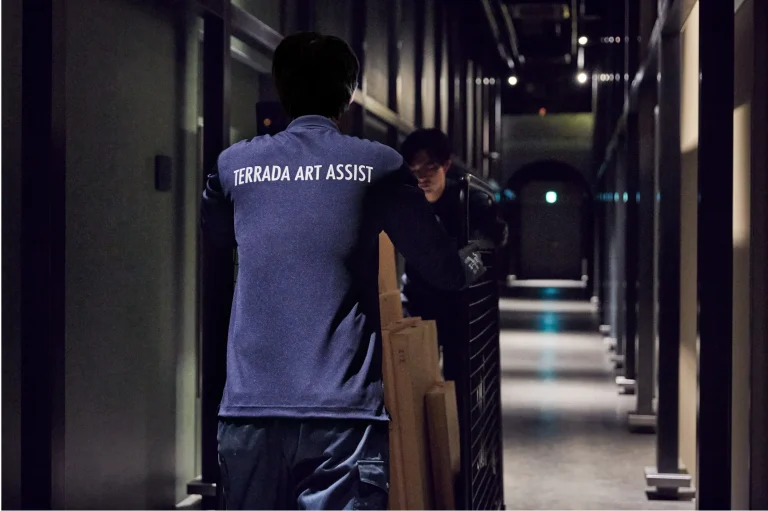
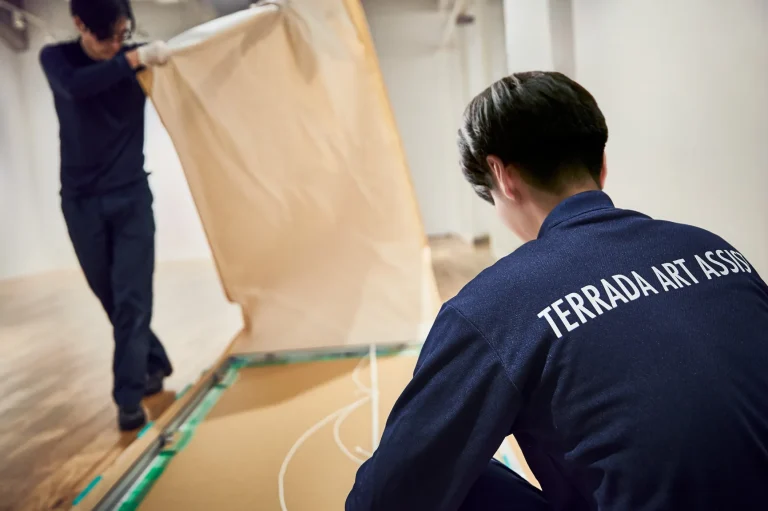
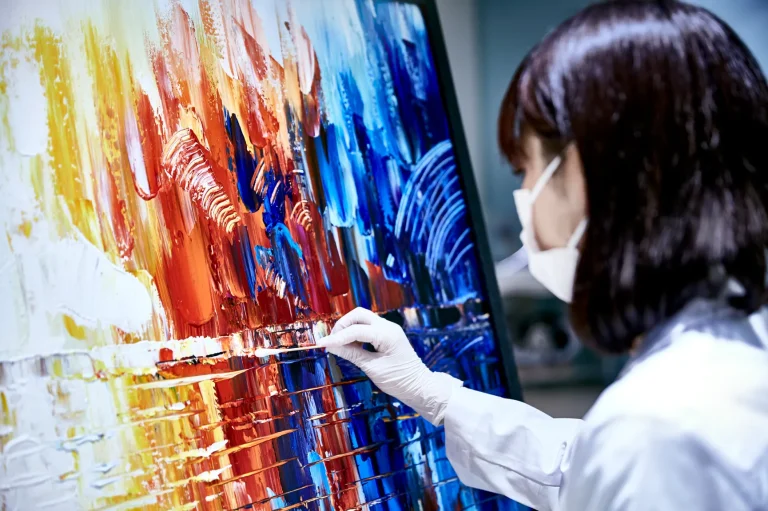
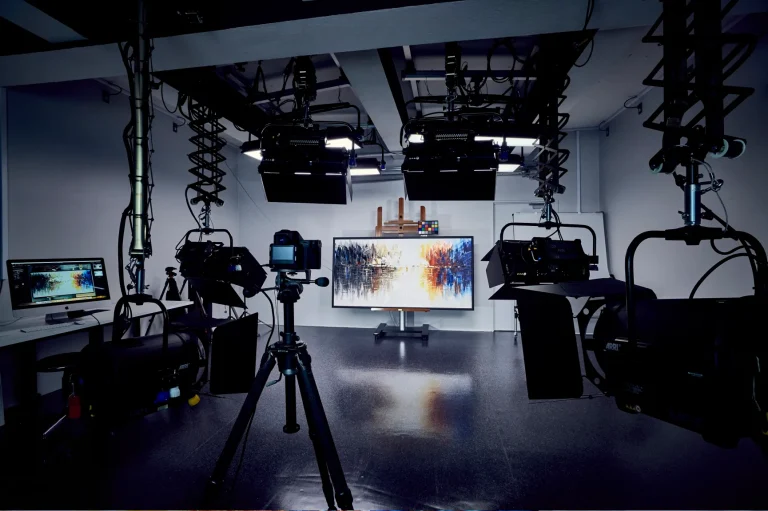
Will artworks be damaged or become moldy during storage?
Optimal temperature and humidity control, as well as careful handling before and after storage, are essential to maintain the condition of artworks. At our art storage facilities, we maintain a constant environment of 20°C ± 2°C and 50% ± 5% relative humidity—conditions generally regarded as resistant to mold growth. Avoiding sudden fluctuations in temperature and humidity also helps prevent damage such as warping or cracking of materials.
However, if mold is already present when an artwork is received, we can inhibit its growth but cannot completely remove existing traces. In some cases, the packing method or the materials used may even contribute to deterioration. For those concerned about the recent storage environment or the condition of the packaging, we offer optional condition checks and the creation of custom packaging boxes to help minimize these risks. We recommend the most appropriate options based on the condition and materials of each artwork, enabling clients to select the method best suited to their needs.
Additionally, all stored works have a set deposit value (compensation limit), and upon request, we offer an optional service to increase the compensation coverage in the unlikely event of an incident. As these precious artworks are entrusted to us, we remain dedicated to continually enhancing the environment to ensure their value is preserved with care.
You have worked quite a long time in IT ventures, and one might say you are an interesting example of a person who has made the transition to the world of analog preservation. Can you tell us about what led you to start TERRADA ART STORAGE and your motivations for doing so, as well as your future outlook?
The art storage business of Warehouse TERRADA began in the 1970s when my grandfather, company founder Yasunosuke Terada, started storing art and valuables. Since then, we have developed our expertise in art storage over the past 50 years while keeping pace with the growth of the Japanese art market.
Today, TERRADA ART STORAGE has expanded its online services, such as collection management tools, in addition to physical infrastructure such as temperature and humidity control in the storage rooms and a well-equipped viewing room. I am proud that we are able to enhance the value of art storage services in both real and digital aspects in this way, which is precisely the strength of my experience in running an IT venture.
What I have always valued is not only taking care of physical objects, but also the “value” of the artwork itself, such as its artistry, rarity, and the artist’s passion. I’m deeply motivated to help pass these intangible values on to future generations.
To achieve this, we have a plan to increase the number of warehouses that “showcase” the collections entrusted to our care. In 2016, Warehouse TERRADA opened ARCHI-DEPOT to exhibit architectural models in storage, and in 2020, WHAT MUSEUM as a place to show artworks in storage. These are intended not only to store artworks, but also to open them to the public, thereby enhancing their value and connecting them to the next generation without having them slumber in a warehouse, sight unseen.
Warehouses that both store artworks and show them to the public, such as the Museum Boijmans Van Beuningen in the Netherlands, are gradually increasing all over the world. Recognizing the spread of this new trend, we hope to expand the number of places where artworks can be shown in Japan, nurture people’s appreciation of art, and ultimately contribute to the development of the art industry for the next generation.
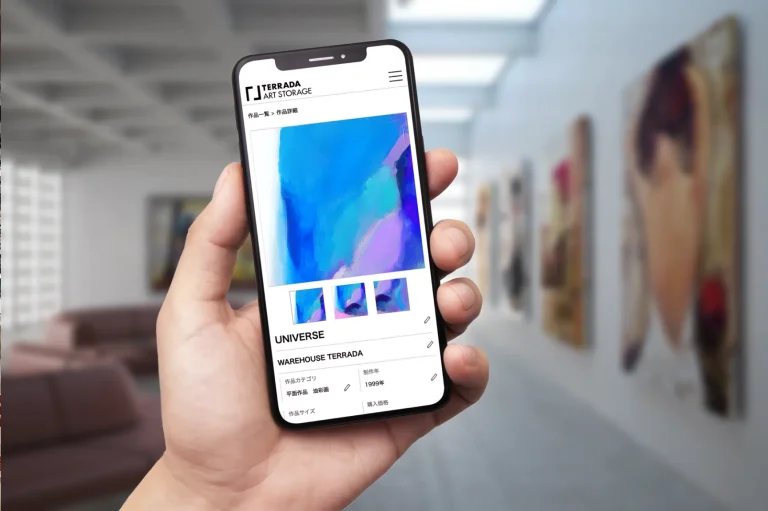
What inspired you to launch a series of art-related initiatives in Tennoz, such as TERRADA ART COMPLEX and WHAT MUSEUM? Also, what are the unique strengths and potential of the Tennoz area as you work toward realizing your vision of making it an art capital?
Through years of handling items that require temperature and humidity control, we have naturally developed expertise in protecting works of art and other valuables. Tennoz was the ideal location for us to take this expertise beyond storage and apply it to the area. In addition to its unique location as a warehouse district surrounded by canals, Tennoz offers ample space and a good environment for culture to grow.
By leveraging this potential of Tennoz, we gradually activated the area through the foundations of art stewardship, such as “showing,” “communicating,” and “nurturing.”
WHAT MUSEUM is one of the symbols of such efforts. We envisioned a place where visitors could see the art entrusted to us by collectors – even for people who have never had much experience with art.
In addition, we are creating a holistic art ecosystem in Tennoz by integrating various facilities such as WHAT CAFE where you can encounter works by emerging artists, PIGMENT TOKYO which specializes in traditional art materials, and TERRADA ART COMPLEX where leading galleries in Japan gather. While our origins are in the business of art storage, we believe that our unique vision is to gradually expand our relationship with art into the context of urban development.
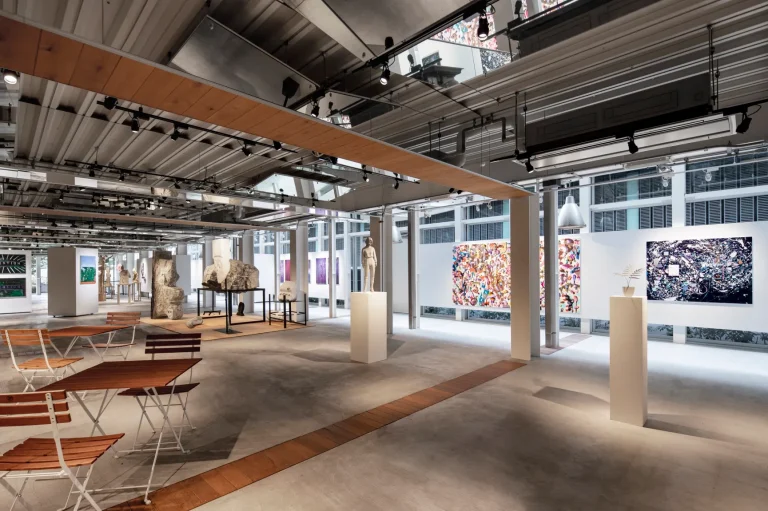
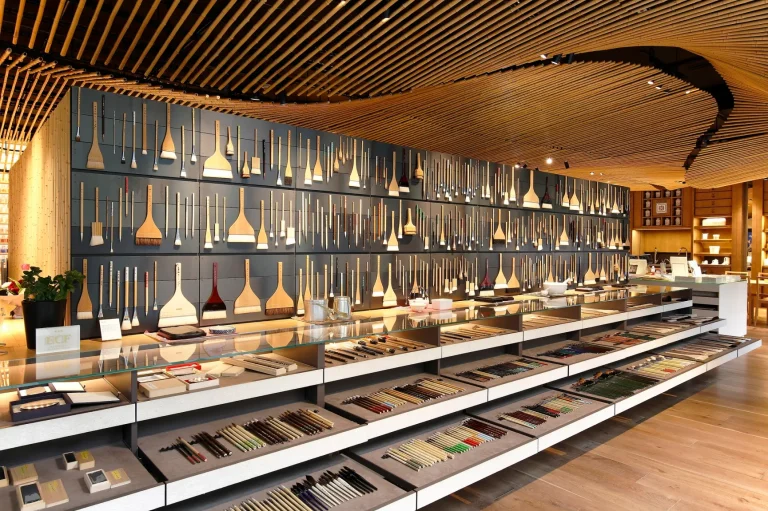
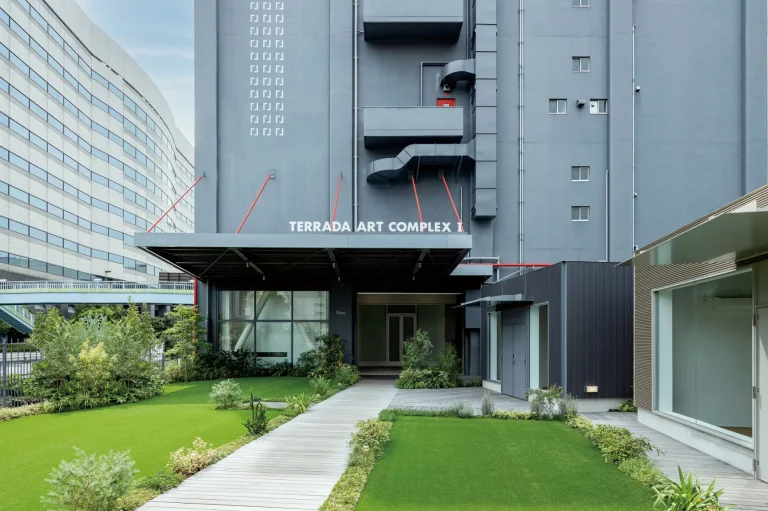
From your point of view, please tell us about the Japanese art market and your future outlook.
I feel that the Japanese art market has room for growth, given its GDP and cultural affluence. Currently, both the market size and volume are small compared to those in Europe, the U.S., and China. However, this means that there is room for significant growth over the next 10 years.
As an extension of our art storage business, we have continued to work on initiatives that complement the challenges of art distribution and the gaps in the ecosystem. For example, TERRADA ART AWARD, which aims to support artists, PIGMENT TOKYO, which specializes in rare art materials, and BONDED GALLERY, a permanent bonded gallery venue, are all elements that we believe will help the Japanese art market develop in a healthier and more international manner.
Nurturing young artists and collaboration among cultural centers in different regions will also be key. We have already established a new base in Kyoto in addition to Tennoz, and we believe that connecting art with the diverse cultural resources of these regions will further strengthen Japan’s cultural presence on the global stage.
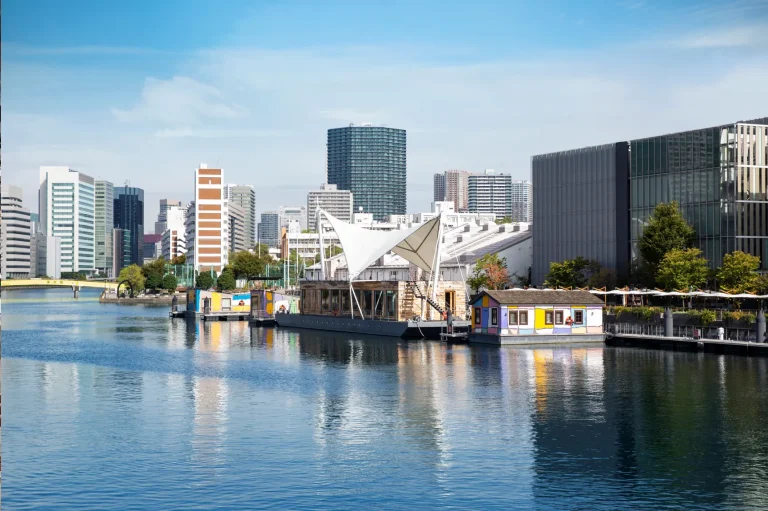
Lastly, what are your expectations for Tokyo Gendai?
As the Japanese art market is improving and the number of artists and collectors is increasing, we have high expectations for this year’s third edition of Tokyo Gendai.
Tokyo Gendai is a rare opportunity for Japanese art collectors to experience the works of top international artists without having to leave Japan. For Japanese artists, it will be an excellent platform to present their work to the international art world.
Furthermore, we believe that this will be a wonderful opportunity for gallerists and collectors visiting Japan from overseas to experience and enjoy not only the Japanese art scene, but also the richness of Japanese food and culture. Not only will this spread art internationally, but the cultural exchange between people will bring immeasurable benefits.
We hope that through Tokyo Gendai, the warm international exchange among art lovers will continue to deepen.

